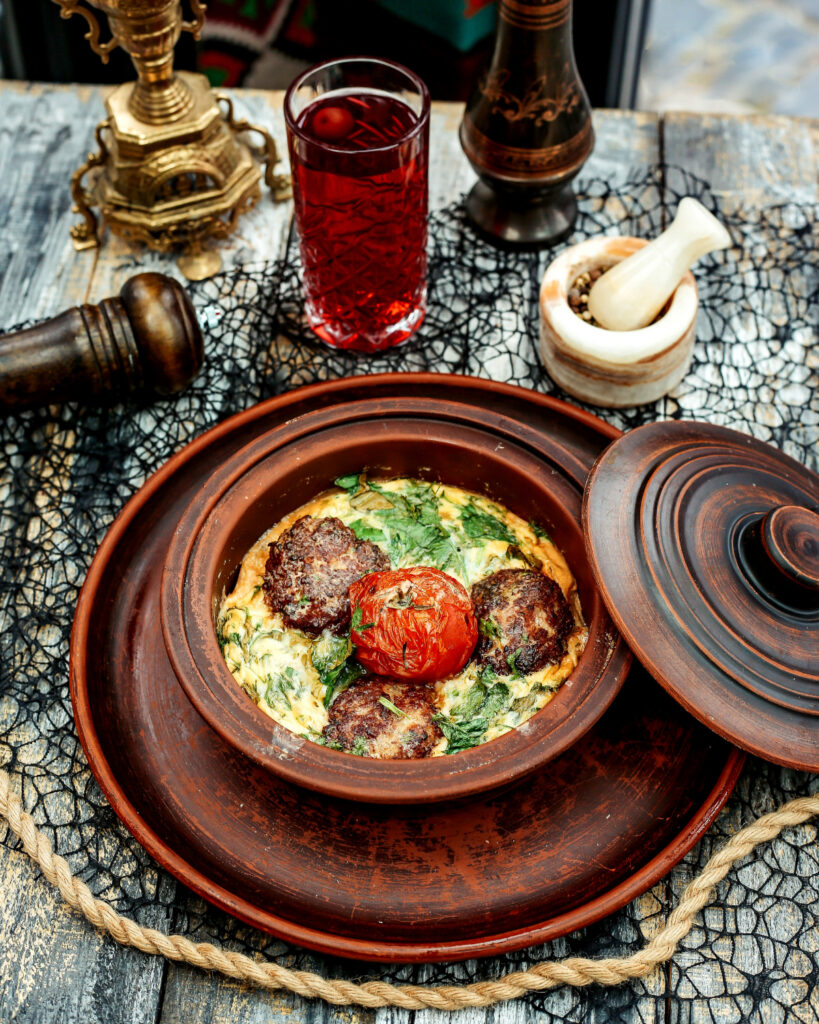The word “Ceciir” might sound unknown to many, yet it holds a deep historical, cultural, and linguistic importance. This article aims to shed light on the term’s origins, meanings, and developing utilization of the term. Understanding such words can help us obtain discernment into the cultures and traditions that shape human individuality.
The Etymology of Ceciir
The Roots of the Word
The word “Ceciir” emanates from an ancient vernacular, where it symbolized “transformation” or “change.” Its meaning has evolved across centuries, persuaded by various cultures and languages. This prehistoric root laid the foundation for its contemporary renditions, ranging from personal distinctiveness to societal modifications.
How Language Influences Meaning
Like many other words with deep ancient roots, Ceciir has progressed due to the subtleties of language. As cultures collaborated and languages, the word procured new meanings and layers, contemplating the vigorous nature of human communication.
Historical Significance of Ceciir
Ancient uses of the word
Traditionally, Ceciir was frequently used in spiritual and philosophical perspectives. Ancient texts document the use of the term in sacraments and teachings, personifying a path of transformation or revival, much like how we might discuss personal growth today.
Ceciir in Historical Documents
Ceciir seems in many ancient typescripts, often linked to teachings about the soul’s journey or the transformation of society. It was an eminent word in philosophical debates, portraying not just factual changes but also shifts in recognition and worldview.
Role of Ceciir in Different Cultures
Across different cultures, it held fluctuating meanings. Some refinements used it to describe physical transformation, while others viewed it as an analogy for personal or collective evolution. The rich cultural consequence of this world shows how deeply ingrained it was in human thought and history.
Modern Usage of Ceciir
Ceciir in Contemporary Language
In modern times, Ceciir is less commonly used in everyday speech, but its duplicates can still be felt in academic and cultural conversations. The term is sometimes mentioned in literature, especially when discussing topics of change, adaptation, or transformation.
Evolution Over Time
As with many ancient words, the meaning and use of Ceciir have evolved. What once referred to specific religious or cultural concepts now serves as a broader metaphor for change in various contexts, from personal identity to societal growth.
Ceciir in Popular Culture
While not a common word in conventional pro culture, It has shown up in various scholarly and artistic works. Authors and filmmakers often use the term to transfer intricate ideas about transformation, whether personal, societal, or environmental.
Cultural Symbolism of Ceciir

Community and Togetherness
In Turkish culture, food is a medium for bringing people together, and it is no exception. Conventionally, large consignments of Ceciir were made during village gatherings or family events, representing integrity and shared effort. The act of making and sharing this dish embodies Turkish values of neighborliness and social living.
A Reflection of Turkish Resilience
It also constitutes the endurance and inventiveness of the Turkish people. Using basic ingredients like grains and local herbs, families were able to create a wholesome, sustaining meal even in times of insufficiency. This contemplates the broader Turkish spirit of making the most out of what is available, turning simple ingredients into something meaningful and delicious.
Ceciir in Modern Turkish Cuisine
While Ceciir remains a traditional dish, it has also found its place in modern Turkish kitchens. Some modern chefs are examining Ceciir, adding unique ingredients like quinoa, or creating fusion dishes that blend Turkish tradition with global flavors. However, the essence of the dish—its simplicity and cultural significance—remains unchanged.
The Role of Ceciir in Turkish Identity
In several ways, it is more than just a dish; it is a sign of Turkish individuality. It constitutes the deep association between the people and their land, the values of sharing and generosity, and the persistent importance of tradition in modern life.
A Culinary Legacy
Through this, we see the heritage of Turkish culinary tradition, a blend of prehistoric agricultural practices, communal values, and a love for food that nurtures both body and soul. Despite its simplicity, it’s a dish that tells the rich story of Turkish history and culture.
Conclusion
Ceciir may not be the most famous dish in Turkish cuisine, but its cultural and historical significance is indisputable. From its modest agricultural roots to its place in modern Turkish tables, it manifests the values of endurance, community, and tradition that define Turkish culture. As you investigate the world of Turkish food, don’t neglect this hidden gem—it offers a taste of history in every bite.
For more, read: Food Tourism
FAQs
What is Ceciir made of?
Ceciir is usually made from grains like bulgur or barley, mixed with spices, and frequently assisted with meat or vegetables.
Is Ceciir a common dish in Turkey?
While it is not as broadly known as dishes like kebab, it remains popular in rural areas and is often made for special events.
What is the cultural significance of Ceciir?
It represents community, sharing, and the connection between the Turkish people and their agricultural tradition.
How is Ceriir served in different regions of Turkey?
Different areas have their modifications, with spicier renditions in the east and herb-infused versions in the Aegean region.
Can it be adapted for modern taste?
Yes, modern chefs are experimenting with new ingredients, but the traditional recipe remains a cherished principal in Turkish cuisine.

